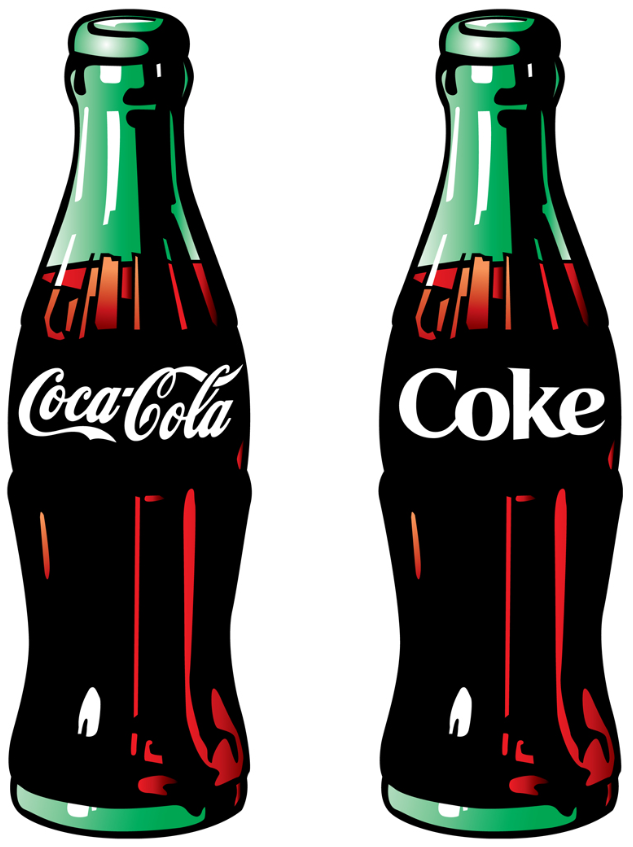FROM PROHIBITION TO EMPOWERMENT
Change can be powerful and profitable. To keep your business profitable, you must change things occasionally. Ignoring the need for change is a big mistake. Just ask the Swiss watchmakers. They did not want to change, and digital technology made them obsolete.
You have a natural capacity to identify all the reasons why you should not change. However, for each one of those prohibitions, you can recognize the empowerment of the opportunity to change. Once you recognize it, you will embrace it. Here are the three biggest prohibitions:
Prejudice Against The Change. Sometimes you are simply prejudiced against any change. These situations demand deep introspection and self-assessment. If in fact you determine that your main objection to the change is a prejudiced viewpoint, then you can fix that. Admitting that you are responding in a prejudicial manner simultaneously opens your mind. You do not have to be bound to an automatic, prejudicial response. You can choose to take a fresh look.
The Cost Of The Change. Change will usually cost you something. Whether it is company resources, your time, your energy, or any other asset, change always costs something. You can let the cost talk you out of the change. These situations demand that you reframe the situation by looking at the potential paybacks of the change. When you can see that the paybacks are significant, then you will no longer see costs. Instead, you will see investments.
Personal Fears. Change always takes you to a new world. That can be frightening. You may feel like you are out of your element. You may feel out of control. These situations demand that you conquer your fears by looking beyond them to the positive outcomes. Regardless of how frightening the change may be, the positive outcomes and the potential future opportunities will only materialize if you work through those fears. Focus on that and you will soon find your fears being replaced by a sense of anticipation and excitement.
These three prohibitions to change can be successfully navigated. You must engage them directly. That engagement process will generate empowerment, and it is that empowerment that will lead you to successful change. You can move from prohibition to empowerment today.











